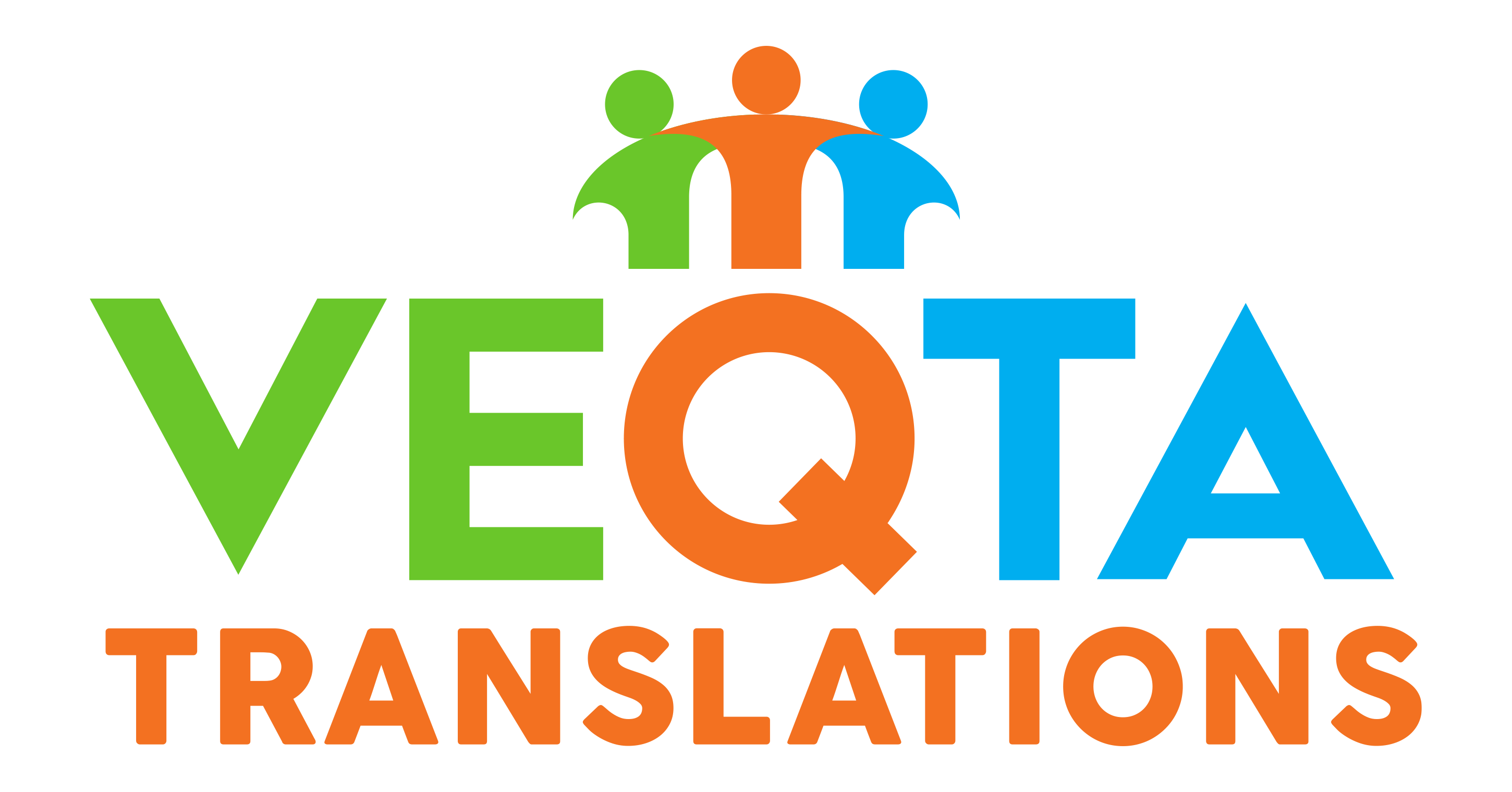Our native Japanese translators will be assigned on the project according to their experience with similar content. We only use experienced native translators who have been thoroughly vetted by language testing proficiency tests.

TRANSLATE JAPANESE TO ENGLISH TODAY!
Professional English to Japanese Translation Services
At VEQTA Translations, we specialize in providing top-tier English to Japanese translation services, expertly executed by our team of certified Japanese translators who bring extensive experience to each project. With a commitment to professional excellence, our translations achieve more than mere word-to-word accuracy; they ensure that the essence and true meaning of your content are fully captured and conveyed.
Japanese, with its intricate honorific system and three writing scripts (Kanji, Hiragana, Katakana), presents unique challenges in translation. The language’s levels of politeness, deeply embedded in its grammar, must be accurately reflected to maintain the appropriate level of respect. A successful localization requires a nuanced understanding of cultural and linguistic contexts to ensure that translations do not inadvertently convey unintended messages.
At VEQTA, our linguists are adept at navigating these complexities. They ensure that every translation is not only linguistically accurate but also culturally appropriate, guaranteeing that your message resonates with Japanese audiences without losing its intended meaning.
Our Japanese translation team boasts native Japanese language proficiency and extensive expertise in translating both to and from English and Malay. They are adept at handling specialized content across various industries, including Marketing, Information Technology, Legal affairs, Tourism, and Travel, among others.
Comprehensive Japanese Translation Solutions:
- English to Japanese Translation:
Immerse your audience with culturally relevant translations.
- Japanese to English Translation:
Expand your reach with translations that resonate in English-speaking markets.
- Chinese to Japanese Translation:
Bridge the gap between these major Asian languages with precision.
- Malay to Japanese Translation:
Connect with Japanese speakers by translating content from Malay seamlessly.
Our translators are strategically based in Malaysia, Japan, and Singapore, ensuring we are perfectly positioned to manage projects across Asia. As a leading language service provider in Malaysia, VEQTA Translations is dedicated to delivering outstanding localization and translation services in a wide array of commercial languages. Our Japanese translation experts are not only linguists but subject matter experts in their respective fields, enabling them to provide impeccably accurate translations tailored to industry-specific requirements.
Why Choose VEQTA Translations?
- Localization Excellence:
We adhere to stringent localization best practices, utilizing comprehensive style guides, detailed glossaries, and the latest Computer-Assisted Translation (CAT) tools.
- Quality Assurance Processes:
Our translations undergo rigorous quality checks to ensure top-notch accuracy and relevance.
- Regional Expertise in Japan and APAC:
Our esteemed clientele from Selangor, Johor, Sabah, Penang, Singapore, Japan and worldwide, trust us for our reliability and precision in delivering Japanese translations that truly meet their needs. Partner with VEQTA Translations for your English to Japanese translation requirements and experience service that goes beyond words.
Once the translation has passed certain quality criteria, it’s passed to the Editor. The Japanese Editor is a senior translator who will go through and polish the text, e.g correcting syntax, grammar and flow.
As a final quality assurance step, we will go through the Japanese documents again to give it an overall quality check, check on typos, any missing content and correct any inconsistencies in the translation.
Japanese language translation requires Subject Matter Expertise for a perfect result.
We provide Japanese terminology experts who has worked in a related field of the source material in Japanese.
Voice over in Japanese language and an array accents and other languages for cold or hot recording for broadcasting, e-learning modules or voice or video translation for corporate use.
Japanese is an important language to consider for translation of your marketing material.
A high quality translation will give you the maximum impact of your marketing material!
Japanese Language Expertise
- Japanese Subject Expertise
- Japanese Editors
- Japanese Reviewers
- Japanese Subtitling
- Japanese Translators
- Japanese Copywriters
- Japanese Voice dubbing
- Japanese Transcription
A dedicated team of Japanese translators who combines Experience, Specialized Subject Matter Expertise with Translation Practices to deliver quality second to none.
Professional Japanese Localization
- Japanese Document Translation
- Japanese I.T Translation
- Japanese Medical Translation
- Japanese Financial & Accounting Translation
- Japanese Legal Translation
- Japanese Health & Fitness Translation
- Japanese Marketing Translation
- Japanese Tourism & Travel Translation
Need a quote?
Connect with your Linguistic Translation Specialist Today!
Fast, Accurate & Affordable Translation Solutions!
Get In Touch
Singapore: +65 6829 7058
Malaysia: +60 3 2776 6812
Thailand: +66 98357 8074
info@veqta.com

Translation & Localization Services in Over 200 Languages

Asian
- Chinese Translation Services
- Thai Translation Services
- Japanese Translation Services
- Korean Translation Services
- Indonesian Translation Services
- Lao Translation Services
- Philippines (Tagalog) Translation Services
- Vietnamese Translation Services
- Burmese Translation Services
- Cambodian (Khmer) Translation Services
- Kazakhstan (Kazakh) Translation Services
- Mongolian Translation Services
- Persian (Farsi) Translation Services
- Armenian Translation Services
European
- French Translation Services
- German Translation Services
- Spanish Translation Services
- Italian Translation Services
- Greek Translation Services
- Portuguese Translation Services
- Dutch Translation Services
- Turkish Translation Services
- Swedish Translation Services
- Norwegian Translation Services
- Danish Translation Services
- Finnish Translation Services
- Icelandic Translation Services
- Croatian Translation Services
- Maltese Translation Services
- Macedonian Translation Services
- Catalan Translation Services
Eastern European
- Russian Translation Services
- Polish Translation Services
- Romanian Translation Services
- Hungarian Translation Services
- Ukrainian Translation Services
- Czech Translation Services
- Bulgarian Translation Services
- Estonian Translation Services
- Belarusian Translation Services
- Lithuanian Translation Services
- Bosnian Translation Services

